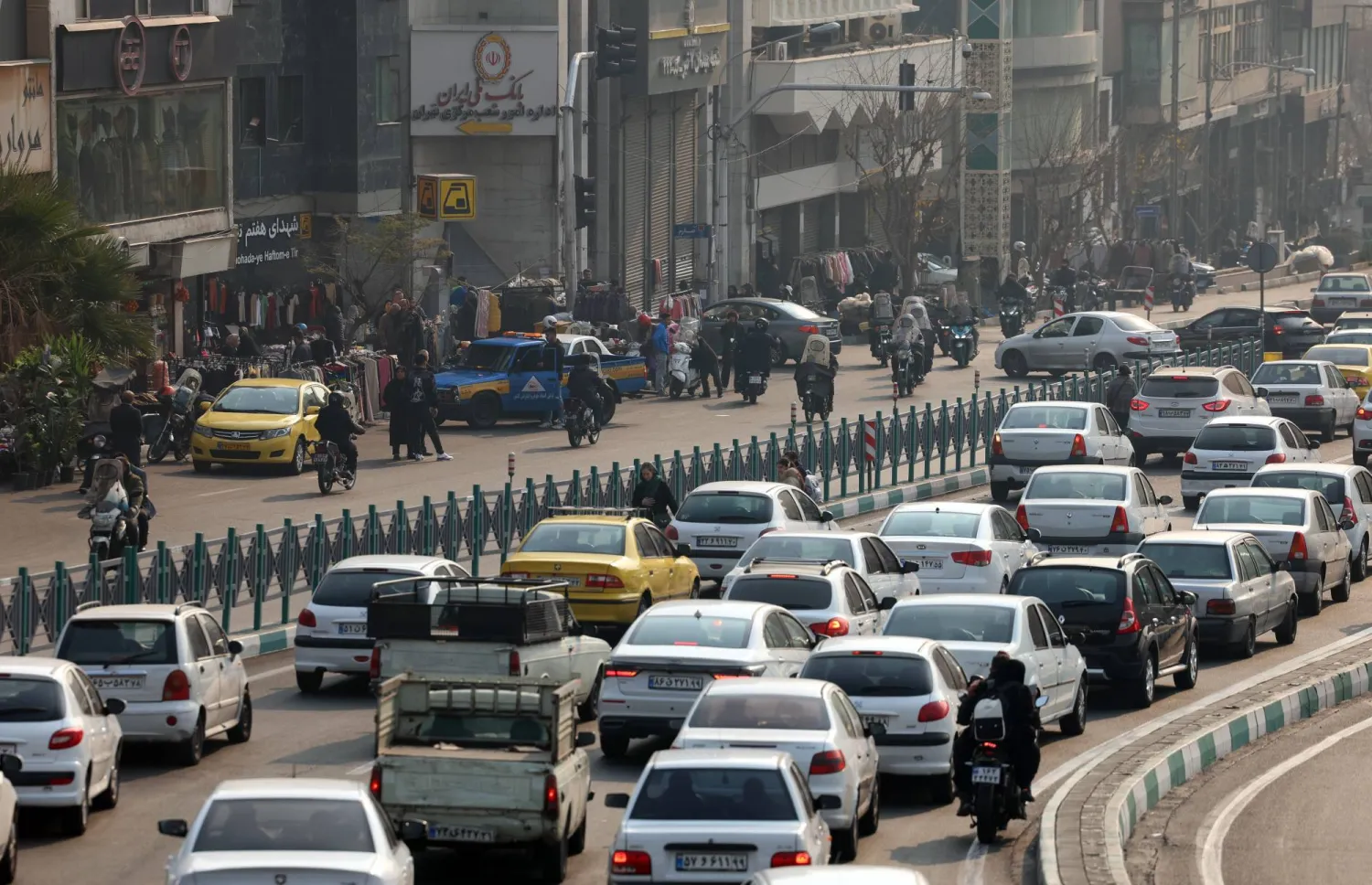On October 7, 2023, Hamas-affiliated media accounts posted a video showing several of the group’s prominent leaders outside Gaza falling into a “prostration of thanks” as they watched on television the start of the unprecedented assault on Israel -- what Hamas called “Operation Al-Aqsa Flood.”
The video, recorded in a spacious office, appeared to show Hamas’s top brass monitoring an event they clearly anticipated. Figures like Ismail Haniyeh, then head of the political bureau; his deputy, Saleh al-Arouri; and senior leaders Khaled Meshaal and Khalil al-Hayya were all seen in the footage. At the time, the scene fueled speculation about whether the political leadership had prior knowledge or direct involvement in planning the attack.
Yet, according to Hamas sources who spoke to Asharq Al-Awsat, many of those in the video were unaware of the operation’s exact timing or scope. They knew the Qassam Brigades, Hamas’s military wing, were preparing a preemptive strike in response to Israeli plans for a limited military campaign -- but the leaders abroad had not been briefed on the final execution.
The sources revealed that the video was filmed in Hamas’s office in Türkiye, where leaders were preparing to travel to Iraq, part of a broader diplomatic initiative. The delegation, which had recently visited Lebanon, was set to engage with other Arab and Islamic countries, including Iran, Kuwait, and Oman, in an effort to widen Hamas’s political footprint. This diplomatic offensive was seen by some in the Palestinian Authority as an attempt to position Hamas as an alternative to the PA and the PLO --an accusation the group denied.
However, without the knowledge of most of the political wing, Hamas’s military leadership in Gaza had a different agenda -one that was kept tightly guarded and may have contributed to the operation’s initial success. In the early hours of the attack, leaders outside Gaza scrambled to contact counterparts in the Strip, asking, “What’s happening?” Some of those asked reportedly responded with confusion or claimed ignorance.
Only a small inner circle knew the full scope of the plan, and even among Gaza-based leadership, not all were informed. Some received instructions before the attack to leave their homes and relocate to secure areas.
As Israel’s war on Gaza enters its twentieth month and continues to target Hamas leaders, the question now is: who remains from the core of October 7, and who truly knew what?
While most of Hamas’s political leadership was excluded from operational details, some senior figures had given strategic backing to the idea of a preemptive strike. Khaled Meshaal, Mousa Abu Marzouk, and Mahmoud al-Zahar were among those who supported military action to derail reported Israeli assassination plans targeting Hamas figures.
The name most closely linked to the attack remains Yahya Sinwar, who headed Hamas in Gaza at the time. Though not the originator of the idea, he was the operation’s chief engineer and maintained strict control over its planning. He handpicked those who were fully briefed and sanctioned the final plan.
Following the assassination of Ismail Haniyeh in Tehran in July 2024, Sinwar was elevated to head of the political bureau -- a symbolic challenge to Israel. But just months later, in October 2024, Sinwar was killed in a surprise clash in Tel al-Sultan, western Rafah, alongside members of his inner circle.
Haniyeh, for his part, had been focused on expanding Hamas’s diplomatic reach. He had only a vague idea about the October 7 operation, believing it would be limited. He was assassinated in Tehran as well, in the same month as his successor.
Khalil al-Hayya, now leading the political bureau and negotiations, was better informed than many of his peers but not to the extent of the military planners. Ruhi Mushtaha, one of the few civilians aware of the operation’s breadth and timing, was killed in July 2024, as was Saleh al-Arouri, who was targeted earlier that year in Lebanon.
Nizar Awadallah, who left Gaza shortly before the attack, remains active in back-channel negotiations and is considered a hardline figure inside Hamas. Though largely behind the scenes, he was reportedly better informed than most on the political level.
On the military front, few names carry as much weight as Mohammed Deif, long-time commander of the Qassam Brigades. Deif, who survived numerous Israeli assassination attempts over the years, was finally killed in July 2024. Mohammed Sinwar, Yahya’s younger brother, was considered the true mastermind of the operation and played a central role in its planning and execution. He too was killed in a targeted strike in Khan Younis, alongside his brother.
Other key figures, like Marwan Issa, who had long served as Deif’s deputy, died in March 2024 after being sidelined by illness. Several brigade commanders who oversaw preparations and joint drills with other factions, including the Islamic Jihad, were also eliminated. Only one high-ranking commander, Ezzedine al-Haddad of Gaza City, is believed to still be alive. Known as “The Fox” for his ability to evade Israeli intelligence, he continues to operate underground.









